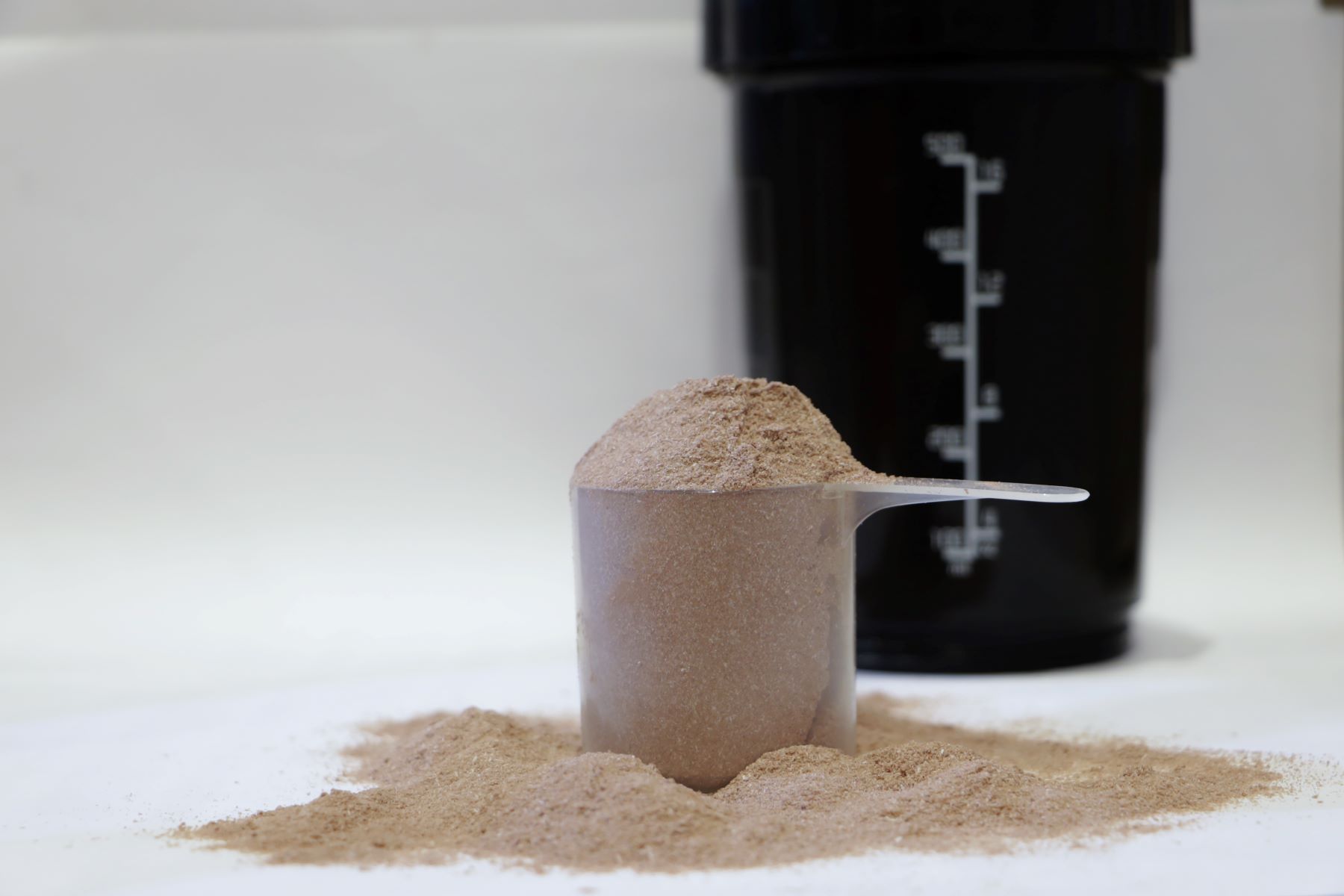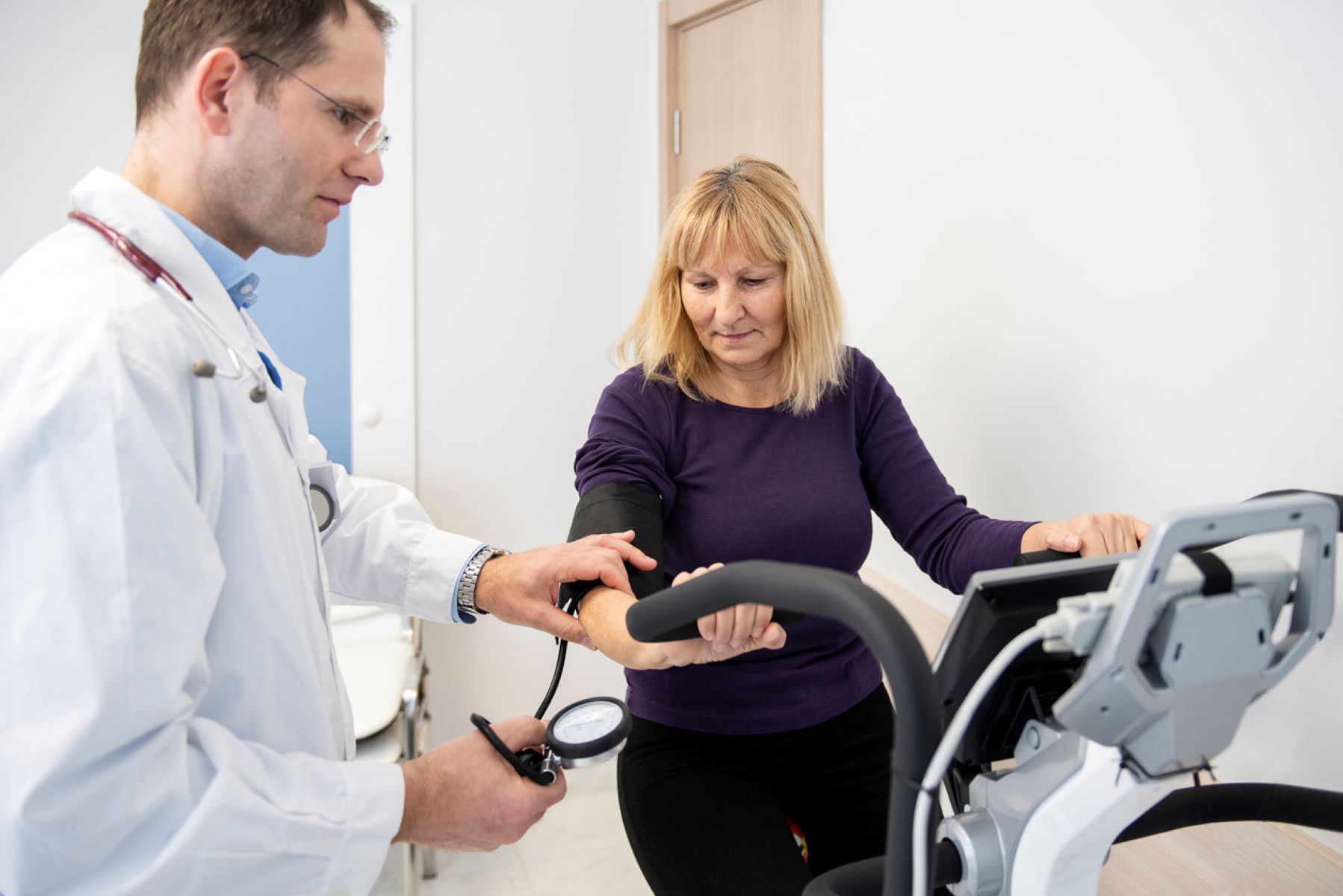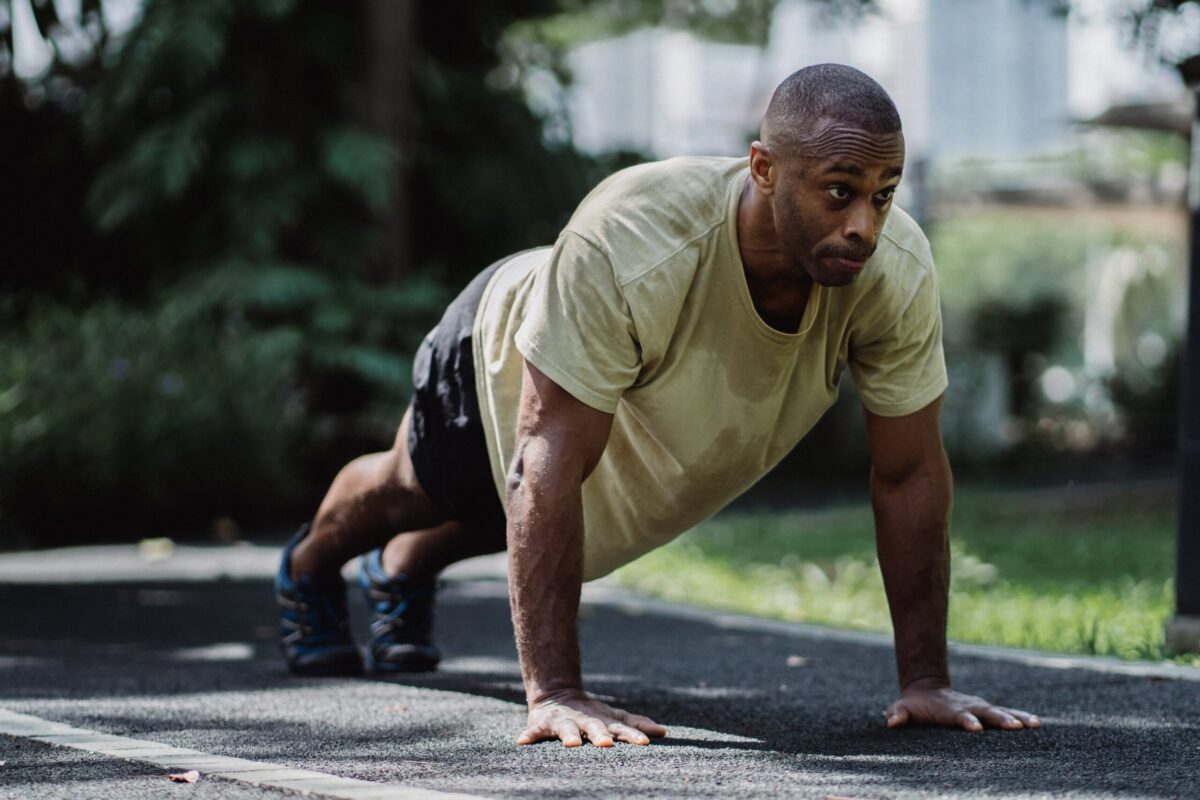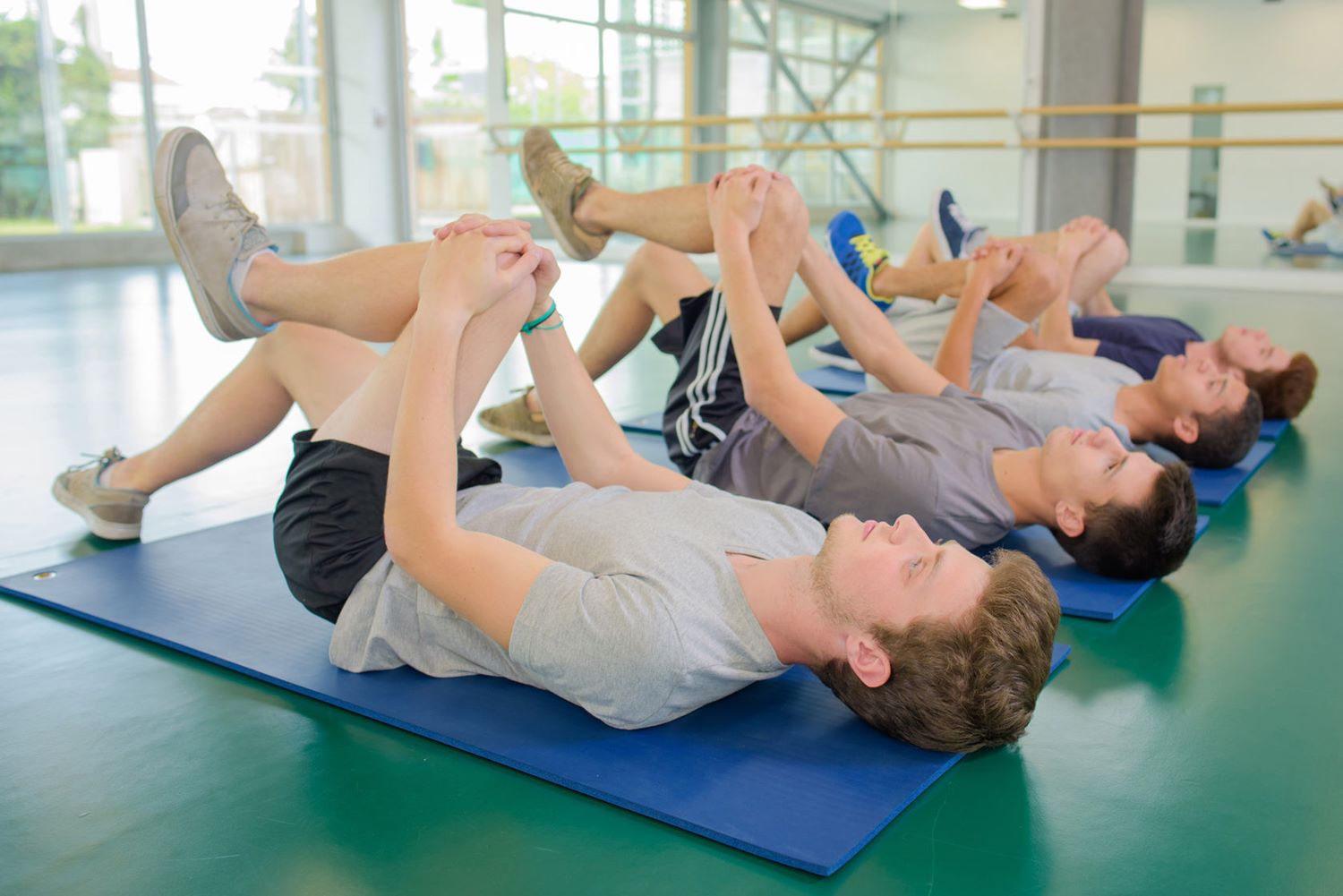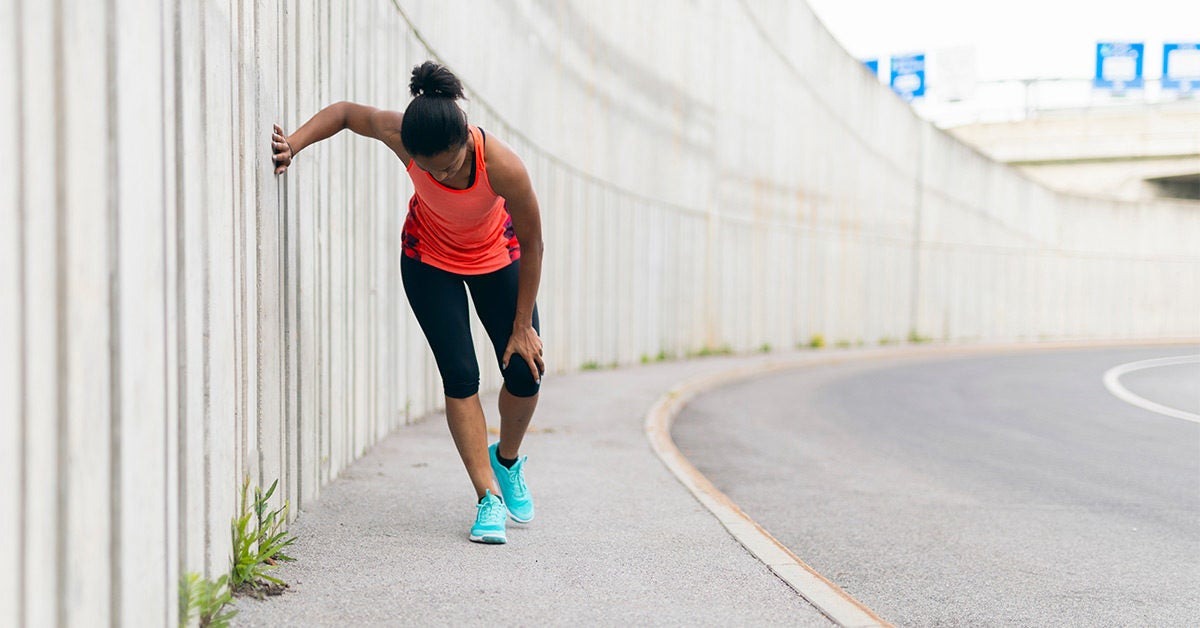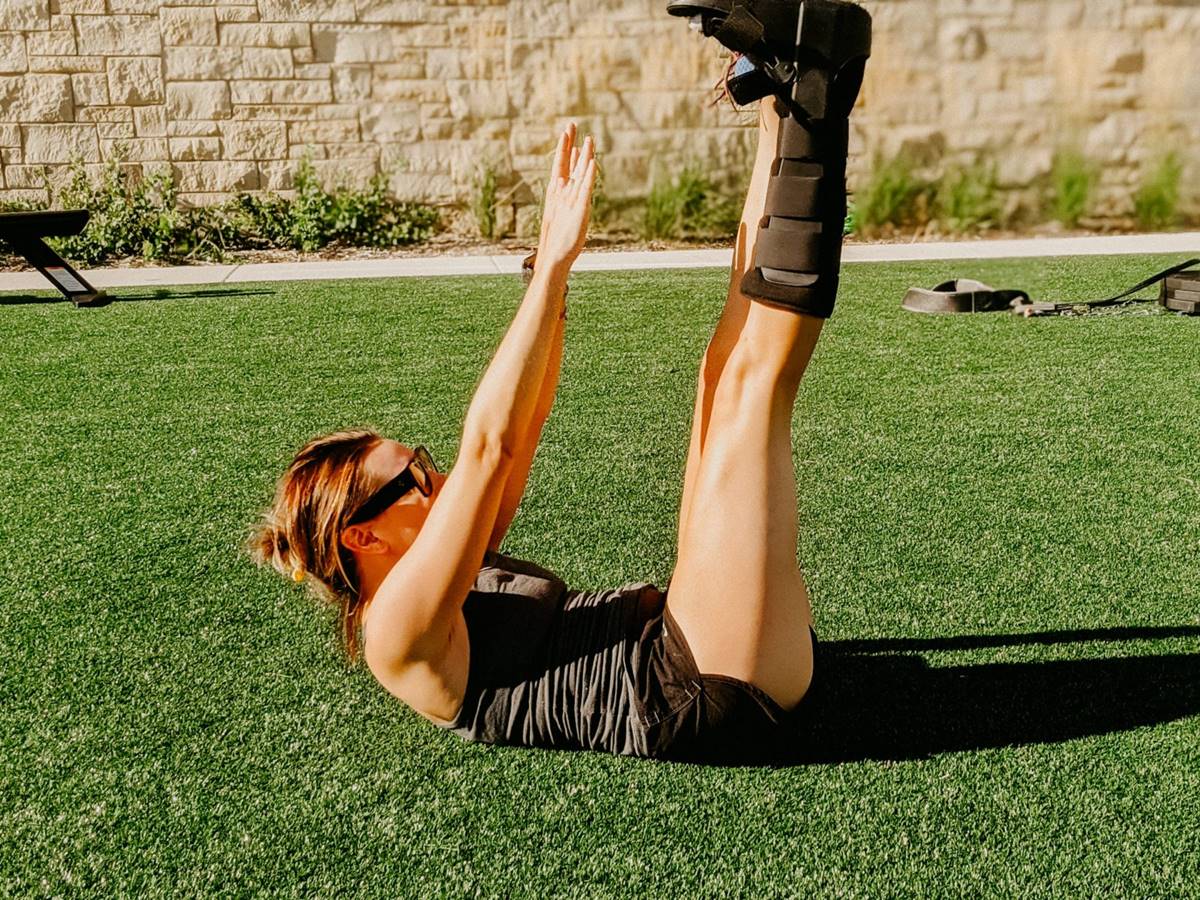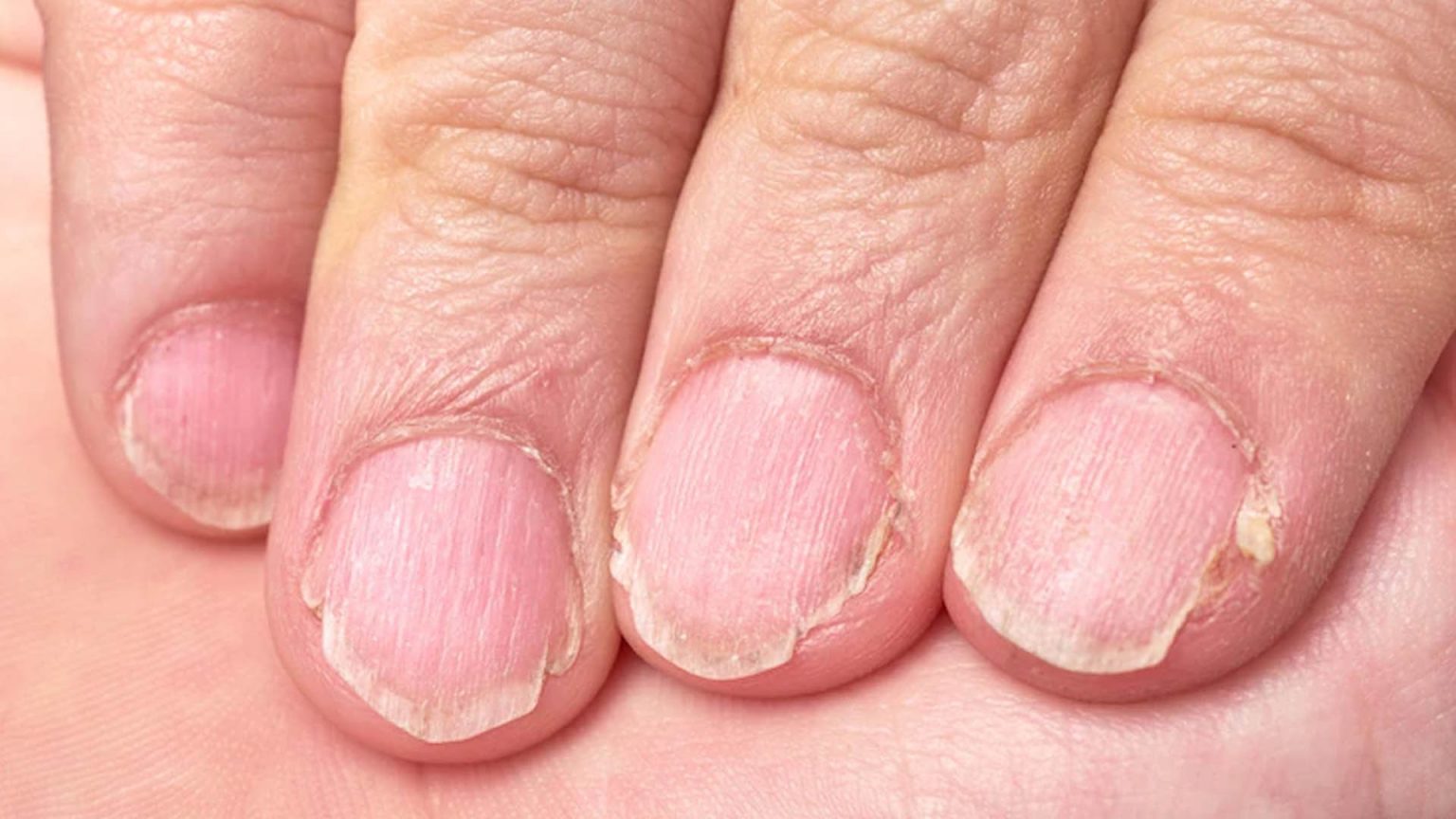Home>Misc>Featured>What Happens To Blood Pressure During Exercise
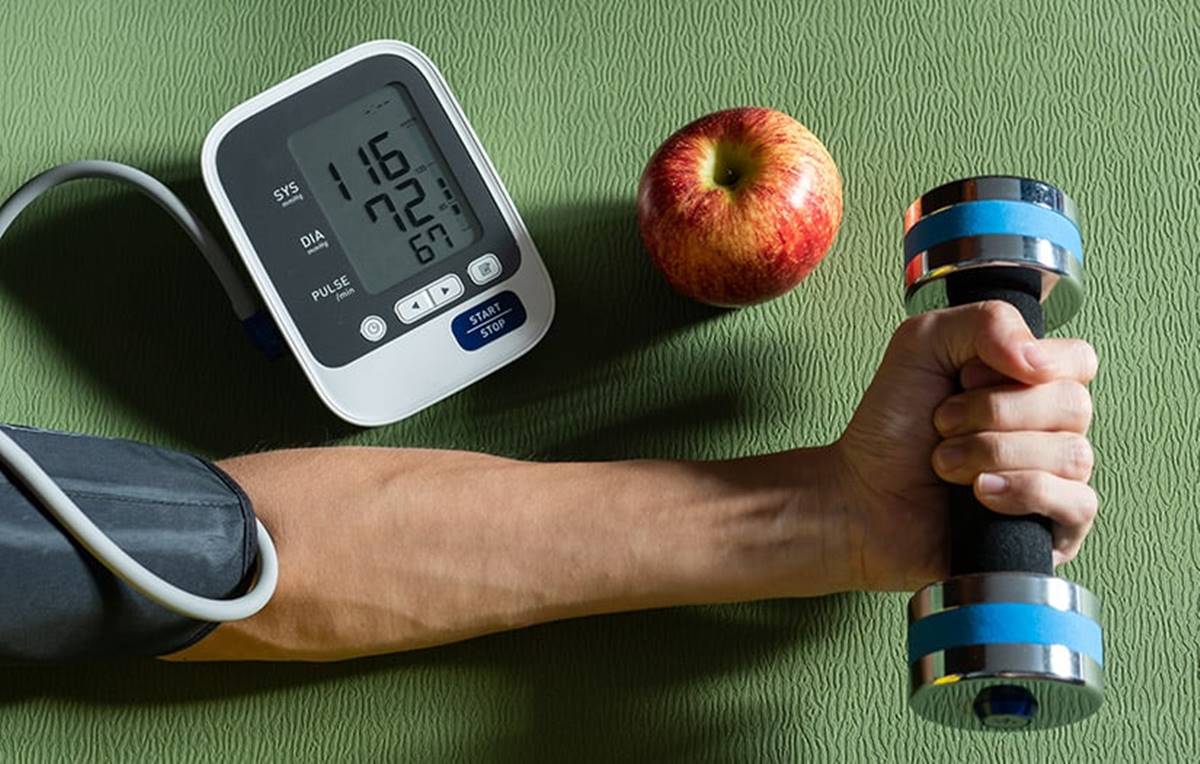

Featured
What Happens To Blood Pressure During Exercise
Published: September 24, 2023
Discover what happens to blood pressure during exercise in this featured article. Prepare to be amazed by the effects of physical activity on your cardiovascular health.
Introduction
Welcome to the world of fitness and cardiovascular health! The relationship between exercise and blood pressure is a fascinating topic that has garnered attention from medical professionals, exercise enthusiasts, and individuals looking to improve their overall well-being. Whether you’re a seasoned athlete or just starting your fitness journey, understanding how exercise impacts blood pressure can help guide your workout routine and contribute to a healthier lifestyle.
Blood pressure is a vital metric that measures the force of blood against the walls of your arteries. It consists of two numbers: the systolic pressure, which represents the force when the heart contracts, and the diastolic pressure, which reflects the force when the heart is at rest. Typically, a healthy blood pressure reading ranges from 90/60 mmHg to 120/80 mmHg.
Now, let’s explore the fascinating relationship between exercise and blood pressure. Engaging in regular physical activity has been proven to have numerous benefits, including improving cardiovascular health. When you exercise, your heart works harder, pumping more blood to the muscles and organs, leading to various changes in blood pressure.
During exercise, your blood pressure tends to increase temporarily. This rise can be attributed to several factors, such as increased heart rate, dilation of blood vessels, and increased blood flow to the muscles. These responses are all part of your body’s natural reaction to the demands placed on it during physical activity.
The effect of exercise on blood pressure can vary from person to person. Factors such as age, fitness level, intensity of exercise, and overall health can all influence the blood pressure response. It’s important to understand these factors and make informed decisions about your exercise routine to optimize the benefits and minimize any potential risks.
Regular exercise offers a plethora of benefits for your overall health, including blood pressure regulation. It not only helps to reduce resting blood pressure but also improves blood vessel function, increases oxygen delivery to muscles, and enhances overall cardiovascular fitness. By incorporating exercise into your daily routine, you can potentially decrease your risk of developing hypertension and other cardiovascular diseases.
However, it’s crucial to approach exercise with caution, especially if you have pre-existing health conditions or have been sedentary for an extended period. Consult with your healthcare provider before starting any new exercise program to ensure it’s safe and appropriate for your specific situation.
Now that we have introduced the topic of exercise and blood pressure, let’s delve deeper into the fascinating changes in blood pressure that occur during exercise.
Understanding Blood Pressure
Before exploring the relationship between exercise and blood pressure, it’s important to have a clear understanding of what blood pressure is and how it is measured.
Blood pressure is the force exerted by circulating blood against the walls of the arteries. It is measured using two numbers: systolic pressure (the top number) and diastolic pressure (the bottom number). The systolic pressure represents the force of blood when the heart contracts and pushes blood out into the arteries, while the diastolic pressure represents the force when the heart is at rest between beats.
When you have your blood pressure taken, it is recorded as systolic over diastolic, such as 120/80 mmHg. The unit of measurement is millimeters of mercury (mmHg). A blood pressure reading of 90/60 mmHg to 120/80 mmHg is generally considered within the normal range.
High blood pressure, also known as hypertension, occurs when there is consistently elevated pressure against the artery walls. Hypertension puts strain on the heart and blood vessels, increasing the risk of heart disease, stroke, and other cardiovascular complications.
Low blood pressure, or hypotension, on the other hand, is characterized by abnormally low pressure against the artery walls. It can cause dizziness, lightheadedness, and fainting, and may indicate underlying health issues.
Now that we have a basic understanding of blood pressure, let’s explore the complex relationship between exercise and blood pressure.
The Relationship Between Exercise and Blood Pressure
The relationship between exercise and blood pressure is multifaceted and dynamic. Engaging in regular physical activity can have a profound impact on blood pressure levels, both in the short term during exercise and in the long term as a result of consistent training.
When you exercise, your body undergoes various physiological changes to meet the increased demand for oxygen and energy. These changes include an increase in heart rate, the dilation of blood vessels, and improved blood flow to the working muscles.
The immediate effect of exercise on blood pressure is an increase in both systolic and diastolic pressure. This temporary rise is a normal response to exertion and typically returns to baseline shortly after the exercise session ends. The magnitude of the blood pressure increase during exercise depends on factors such as exercise intensity, duration, and the individual’s fitness level.
In the long term, regular exercise can lead to significant improvements in blood pressure regulation. Consistent aerobic exercise has been shown to lower resting blood pressure levels, as exercise strengthens the heart muscle, improves arterial elasticity, and enhances overall cardiovascular function. The reduction in resting blood pressure can be particularly beneficial for individuals diagnosed with hypertension.
Additionally, exercise promotes healthy weight management and reduces excess body fat, which are both important factors in preventing and managing high blood pressure. Regular physical activity also helps control chronic conditions such as diabetes, which can contribute to elevated blood pressure.
It is worth noting that the relationship between exercise and blood pressure is not a one-size-fits-all scenario. People may respond differently to exercise depending on individual factors such as age, genetics, overall health, and baseline blood pressure levels. Some individuals may experience a more pronounced reduction in blood pressure with exercise, while others may see more modest changes.
To reap the maximum benefits of exercise on blood pressure, it is recommended to engage in a combination of aerobic activities, such as brisk walking, jogging, cycling, or swimming, along with resistance training exercises. A well-rounded exercise routine that incorporates both cardiovascular and strength training components can help optimize blood pressure control and overall cardiovascular health.
Now that we understand how exercise can influence blood pressure, let’s explore the specific changes in blood pressure that occur during exercise.
Blood Pressure Changes During Exercise
During exercise, your body undergoes a series of intricate physiological changes that impact your blood pressure. These changes are necessary to supply your muscles with the oxygen and nutrients they need to sustain the increased activity level.
One of the immediate effects of exercise is an increase in heart rate. As your heart beats faster, it pumps more blood with each beat, resulting in an increase in blood pressure. This rise in blood pressure allows for enhanced blood flow to the working muscles, providing them with the necessary oxygen and nutrients.
Another factor that contributes to changes in blood pressure during exercise is the dilation of blood vessels, particularly in the muscles being worked. When you exercise, the blood vessels in your muscles widen, increasing their capacity to carry blood. This dilation reduces the resistance against blood flow, resulting in a decrease in peripheral vascular resistance and a subsequent drop in blood pressure.
Additionally, as your muscles contract during exercise, they exert pressure on the surrounding blood vessels, which further enhances blood flow. This mechanism, known as the muscle pump, helps propel blood back towards the heart, boosting circulation and oxygen delivery to the working muscles.
It’s important to note that the changes in blood pressure during exercise are proportional to the intensity and duration of the activity. Higher intensity exercises, such as running or high-intensity interval training (HIIT), lead to greater increases in blood pressure compared to lower-intensity exercises like walking or gentle cycling.
During prolonged aerobic activities, such as long-distance running or cycling, blood pressure tends to stabilize and may even decrease slightly as the body adapts to the demands of sustained exercise. This drop in blood pressure during prolonged exercise can be attributed to factors such as improved cardiovascular efficiency, increased blood volume, and enhanced vascular function.
It’s worth mentioning that individuals with high blood pressure (hypertension) should exercise caution when engaging in high-intensity or prolonged exercise. While exercise is generally beneficial for individuals with hypertension, it is important to consult with a healthcare professional to establish safe exercise guidelines and monitor blood pressure responses during physical activity.
Now that we have explored the changes in blood pressure that occur during exercise, let’s examine the factors that can influence an individual’s blood pressure response to exercise.
Factors Affecting Blood Pressure Response to Exercise
The response of blood pressure to exercise can vary significantly from person to person. Several factors influence how an individual’s blood pressure changes during physical activity. Understanding these factors can help individuals tailor their exercise routines to optimize blood pressure control and overall cardiovascular health.
1. Fitness Level: An individual’s fitness level plays a significant role in how their blood pressure responds to exercise. Generally, individuals who are more physically fit tend to have a lower resting blood pressure and may experience a smaller increase in blood pressure during exercise compared to those who are less fit. Regular exercise and improved cardiovascular fitness can lead to more efficient heart function and better blood pressure regulation.
2. Age: Age can influence blood pressure responses during exercise. Older individuals may have higher resting blood pressure and may experience a greater increase in blood pressure during exercise compared to younger individuals. This is due to changes in blood vessel elasticity and overall cardiovascular health that occur with age.
3. Exercise Intensity and Duration: The intensity and duration of exercise directly impact blood pressure responses. Higher intensity exercises generally elicit a larger increase in blood pressure compared to lower intensity activities. Prolonged aerobic exercises may initially increase blood pressure, but over time, they can lead to a stabilization or even a decrease in blood pressure as the body adapts to the demands of sustained exercise.
4. Medications: Certain medications, such as beta-blockers and calcium channel blockers, can affect blood pressure responses to exercise. These medications can blunt the rise in blood pressure during physical activity. It is important for individuals taking such medications to work closely with their healthcare professional to monitor blood pressure and adjust exercise intensity accordingly.
5. Health Conditions: Underlying health conditions, such as hypertension, diabetes, and cardiovascular disease, can influence blood pressure responses to exercise. Individuals with these conditions should work closely with their healthcare provider to establish safe exercise guidelines and monitor blood pressure during exercise.
6. Stress and Anxiety: Psychological factors, such as stress and anxiety, can impact blood pressure responses to exercise. Elevated stress levels can lead to higher resting blood pressure and potentially larger increases in blood pressure during exercise. Engaging in stress-reducing activities, such as meditation or deep breathing exercises, can help mitigate these effects.
Understanding these factors can help individuals modify their exercise routines to suit their unique circumstances. It is important to listen to your body, start gradually, and increase the intensity and duration of exercise over time. Regular monitoring of blood pressure during and after exercise can provide valuable insights into how your body responds to physical activity.
Now that we have explored the factors that affect blood pressure response to exercise, let’s delve into the numerous benefits of exercise on blood pressure.
Benefits of Exercise on Blood Pressure
Regular exercise offers a multitude of benefits for blood pressure regulation and overall cardiovascular health. Incorporating physical activity into your routine can have a positive impact on both resting blood pressure levels and the body’s response to exercise.
1. Lower Resting Blood Pressure: Engaging in regular physical activity has been shown to decrease resting blood pressure levels. Aerobic exercises, such as brisk walking, jogging, or cycling, are particularly effective in reducing blood pressure. Consistent exercise strengthens the heart muscle, improves arterial elasticity, and enhances blood vessel function, all of which contribute to lower resting blood pressure.
2. Improved Blood Vessel Function: Exercise promotes healthy blood vessel function by increasing the production of nitric oxide, a molecule that helps blood vessels relax and dilate. This dilation leads to improved blood flow and reduced resistance against blood flow, resulting in lower blood pressure.
3. Weight Management: Regular exercise helps control body weight and reduce excess body fat, which are crucial factors in blood pressure regulation. Maintaining a healthy weight contributes to better cardiovascular health and decreases the risk of developing hypertension.
4. Enhanced Cardiovascular Fitness: Engaging in cardiovascular activities improves cardiovascular fitness, which refers to the ability of the heart, lungs, and blood vessels to deliver oxygen and nutrients to the muscles efficiently. Increased cardiovascular fitness results in a more efficient heart, decreased resting heart rate, and improved overall blood pressure control.
5. Stress Reduction: Exercise is known to be an effective stress reliever. Physical activity stimulates the production of endorphins, also known as “feel-good” hormones, which help reduce stress and anxiety. Lower stress levels can contribute to improved blood pressure control and overall cardiovascular health.
6. Reduction in Risk Factors: Regular exercise helps manage other risk factors associated with high blood pressure, such as diabetes, high cholesterol levels, and obesity. By addressing these risk factors through exercise, individuals can further reduce their risk of developing hypertension.
It’s important to note that the benefits of exercise on blood pressure are cumulative and long term. Consistency is key when it comes to reaping the full advantages. Aim for at least 150 minutes of moderate-intensity aerobic exercise or 75 minutes of vigorous-intensity exercise per week, along with strength training exercises to complement your routine.
It is worth mentioning that individuals with pre-existing health conditions or those who are new to exercise should consult with a healthcare professional before starting an exercise program. They can provide personalized recommendations and guidance to ensure safe and effective incorporation of exercise into their lifestyle.
Now that we have explored the benefits of exercise on blood pressure, let’s discuss some risks and precautions to keep in mind when engaging in physical activity.
Risks and Precautions
While exercise offers numerous benefits for blood pressure regulation and overall cardiovascular health, it’s essential to be aware of potential risks and take appropriate precautions, especially if you have pre-existing health conditions or are new to exercise.
1. Consult with Your Healthcare Provider: Before starting any new exercise program, it’s crucial to consult with your healthcare provider, especially if you have hypertension or other cardiovascular conditions. They can assess your individual health status, provide specific recommendations, and guide you on safe exercise guidelines.
2. Start Gradually: If you are new to exercise or have been sedentary for an extended period, it’s important to start slowly and gradually increase the intensity, duration, and frequency of your workouts. This gradual progression allows your body to adapt to the demands of exercise and lowers the risk of injury or overexertion.
3. Monitor Your Blood Pressure: Individuals with hypertension or other cardiovascular conditions should regularly monitor their blood pressure before, during, and after exercise. This helps to ensure that blood pressure levels remain within a safe range and provides insights into how your body responds to physical activity.
4. Hydration: Staying hydrated is crucial during exercise, as dehydration can impact blood pressure regulation. Drink water before, during, and after your workout to maintain proper hydration levels. However, if you have fluid restrictions due to a medical condition, consult with your healthcare provider for specific guidelines.
5. Listen to Your Body: Pay attention to how your body feels during exercise. If you experience chest pain, dizziness, shortness of breath, or any other concerning symptoms, stop exercising and seek medical attention immediately. These symptoms may indicate an underlying health issue that requires evaluation and treatment.
6. Medication Adjustments: If you are taking medication for hypertension or other cardiovascular conditions, work closely with your healthcare provider to ensure that your medications are adjusted appropriately to accommodate your exercise routine. Some medications, such as beta-blockers, can affect exercise heart rate response and blood pressure control.
7. Avoid Overexertion: While challenging yourself during exercise is important for progress, avoid overexertion, especially if you have high blood pressure. Pushing yourself too hard can lead to dangerous spikes in blood pressure. Find a balance between challenging and sustainable exercise intensity.
By taking the necessary precautions and working with healthcare professionals, individuals can safely incorporate exercise into their daily routine, reap its benefits on blood pressure and cardiovascular health, and minimize any potential risks.
Now that we have discussed the risks and precautions associated with exercise, let’s summarize the key points covered in this article.
Conclusion
The relationship between exercise and blood pressure is undeniable. Engaging in regular physical activity has a profound impact on blood pressure levels and overall cardiovascular health. By understanding how exercise affects blood pressure and implementing appropriate strategies, individuals can optimize their workouts to benefit their heart health.
We explored how exercise leads to temporary increases in blood pressure during physical activity, which is a normal response to the demands placed on the body. However, over time, regular exercise can lead to lower resting blood pressure levels and improved blood vessel function, ultimately reducing the risk of hypertension and related cardiovascular complications.
Factors such as fitness level, age, and individual response to exercise can influence blood pressure changes during physical activity. It’s important to tailor exercise routines to suit individual needs and consult with healthcare professionals for personalized guidance, especially for those with pre-existing health conditions.
The benefits of exercise on blood pressure are numerous and cumulative. Regular physical activity not only helps lower resting blood pressure but also improves cardiovascular fitness, reduces stress, promotes weight management, and reduces risk factors for hypertension. However, it’s crucial to start gradually, monitor blood pressure, and practice hydration and self-awareness during exercise.
Incorporating exercise into your daily routine can have a positive impact on your overall well-being. By taking the necessary precautions and making exercise a habit, you can enhance your cardiovascular health, reduce the risk of hypertension, and improve your quality of life.
Remember, always consult with your healthcare provider before starting any new exercise program, especially if you have pre-existing health conditions or are taking medication. They can provide personalized recommendations and guidance based on your specific needs and help ensure a safe and effective exercise routine.
So, lace up those sneakers, get your heart pumping, and embark on a journey towards better blood pressure control and improved cardiovascular health through regular exercise!
